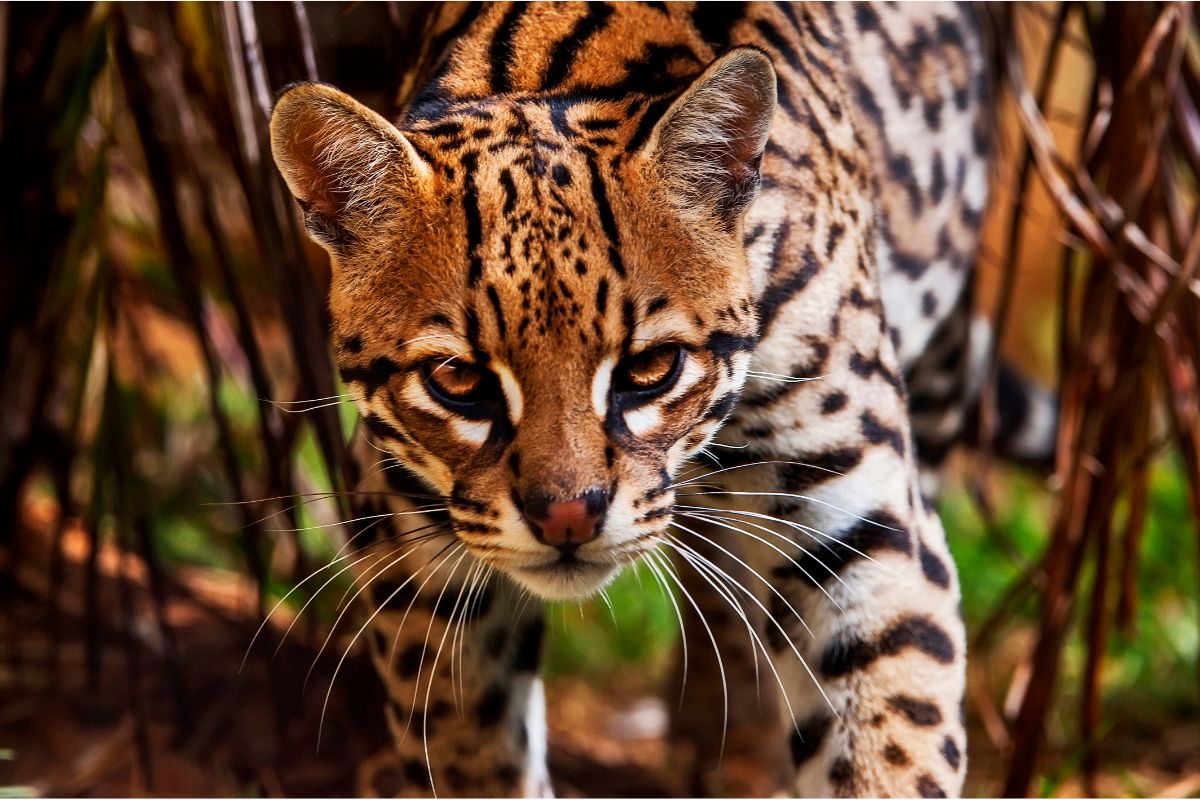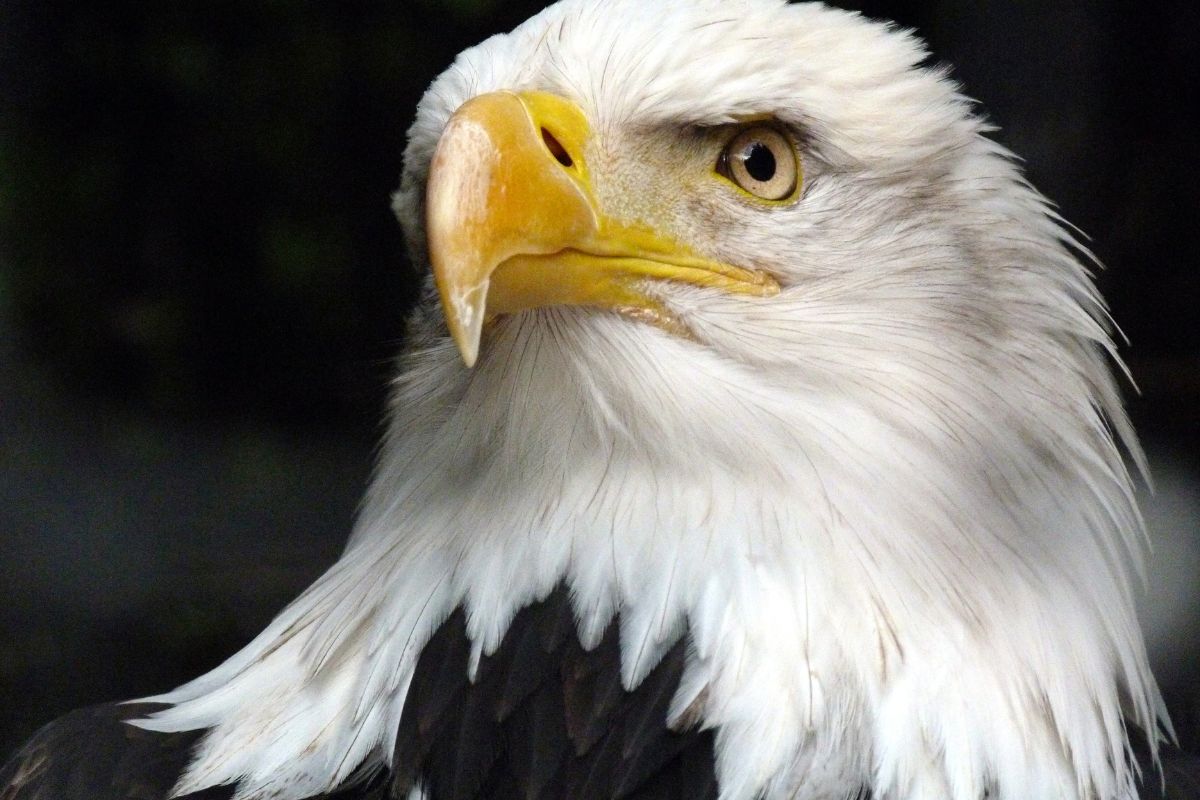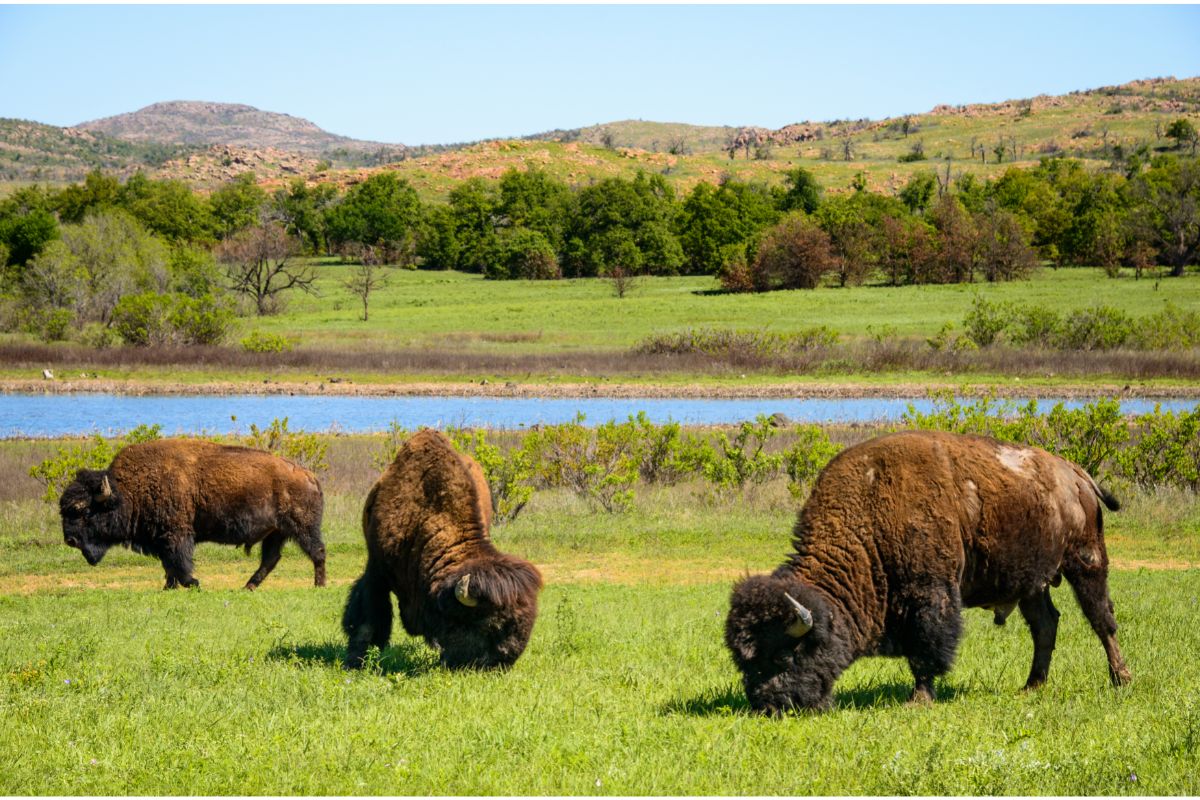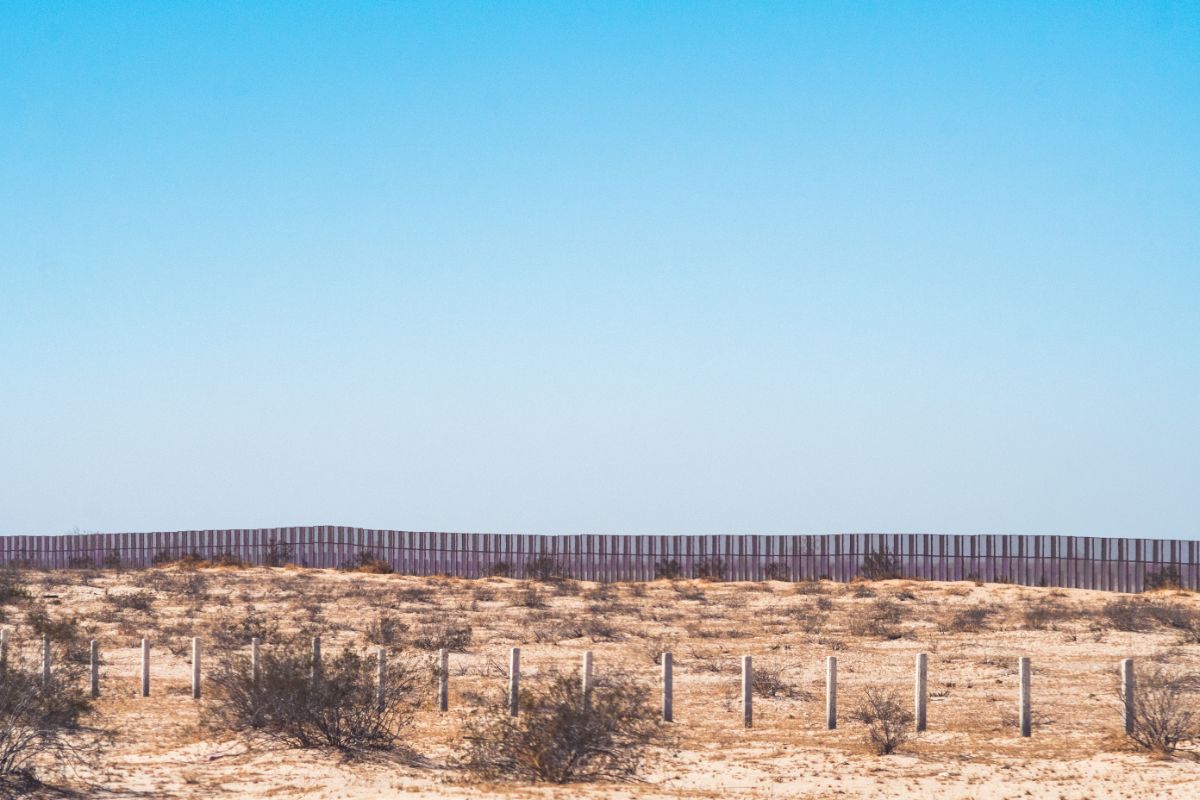Are there any ocelots in Arizona? This is something that many people have wondered over the years. With new information about animals always coming out, there have been some interesting discoveries in the last decade or two.
When it comes to Arizona and its wildlife, there are plenty of interesting animals that we can speak of. However, if you’ve been keeping up-to-date with the nature side of things, you will have noticed something interesting.

To many, the idea of there being ocelots in Arizona is outlandish and unfathomable. However, that isn’t the case! What if we told you that there are ocelots in Arizona? If you want to find out more, stick around.
What Is An Ocelot?
An ocelot (Leopardus pardalis) is a medium-sized wild, spotted cat. They typically reach lengths between 29-39 inches, and can weigh up to 35lbs. They were first noted in 1758, and there are two recognized subspecies.
Ocelots have a spotted coat similar to that of a jaguar. They also closely resemble the Margay and Oncilla, a smaller species of cat that shares territory with the ocelot.
These animals typically feed on the ground, though they are also well-adapted to tree climbing. Their prey mostly consists of smaller mammals, such as monkeys and deer, but they also eat snakes, amphibians, and birds, if they can catch them.
As ocelots are excellent swimmers, they can also catch fish with relative ease.
These animals are the second-largest spotted cats native to South America. They are typically found in jungle biomes, but have been spreading due to things like habitat loss.
However, they also live in grasslands, and are well-adapted to living in disturbed forests. In Belize, ocelots have come to thrive in anything from dense forested areas to dry scrubs, as long as they have the 3 square miles of territory they need.
Are There Ocelots In Arizona?
There are actually ocelots in Arizona! There are only a few animals that we know of in the state. These cats are usually found in South America, in similar areas to Jaguars, but can also be found in some parts of the United States.
The Sonoran Ocelot was an animal that used to be found in states such as Arizona and Texas, as well as Arkansas, Louisiana, and Oklahoma. However, their main populations now lie in Mexico.
This population is threatened by the presence of Trump’s US – Mexico border, which no longer allows the animals to move as they once did.
The numbers of these animals has already dropped significantly due to hunting and habitat loss. Because of this, these cats are listed on the endangered animal species list.
Because of the dangers that this animal is threatened by, the future of the ocelot is uncertain.
The Case Of Lil’ Jefe
Lil’ Jefe is the name given to the last known ocelot in Arizona. This ocelot is a male, and is thought to be the only one of his kind left in the state.
This may or may not be true, as it is exceedingly difficult to track and monitor ocelots. As they are not very large animals, they blend into their environments well, and typically avoid humans.

Lil’ Jefe has never been seen with another ocelot. This alone is not unusual, as they are solitary creatures except during mating season. However, because of recent developments, it’s thought that this solitary ocelot might not be alone by choice.
This supposed last ocelot of Arizona is stuck on the wrong side of the US – Mexico border wall. Although construction on the wall was stopped once Biden won the election, the damage has already been done.
According to researchers, obstacles are enough to turn animals like ocelots away. As the migratory routes of animals are passed down through generations, as soon as something like a 30-foot wall they cannot get through is put up, they will simply turn back.
These animals likely do not walk along the wall to look for an opening to pass through, not even ¼ of a mile. Instead of finding a way through, they will turn back to return to the area they came from.
Not only is the wall itself a huge issue, but the fact that the brush has been cleared away. This clearing of brush means that there’s nothing left for ocelots to blend into.
As a result, even if they were to somehow find a way to cross, they would be vulnerable to predators. With nothing to hide in, other animals like jaguars and cougars can easily target them.
Since ocelots are extremely intelligent, there’s a good chance that upon realizing this issue, they would not attempt the crossing.
Where Can You Find Ocelots?
As previously mentioned, ocelots are predominantly native to South and Central America. They are often found in countries such as Argentina and Venezuela, as well as Mexico.
There are also reported cases of ocelots in places like the Caribbean, and of course, southern states of the US such as Arizona, Texas, and Louisiana.
Final Thoughts
So, there are ocelots in Arizona, but we do not know for how much longer. The supposed last ocelot is already at least 12 years old, and since these animals rarely live into their 20s in the wild, he may not be around for too much longer.
This means that, within the next few years, there’s a chance that there will no longer be ocelots in Arizona, primarily thanks to the US – Mexico border wall. This wall stops these wild cats from crossing from Central America to North America and vice versa.
However, despite the fact that there might not be any more ocelots in Arizona in a few years, this is far from the end for the species. There are still relatively healthy populations of these cats in Central and South America.
Thanks to the work of locals, there are known ocelot breeding grounds in Mexico, which is helping to restore their population. This population, however, is likely to stay south of Trump’s wall.
- Why are skunks called polecats? - November 16, 2022
- Do Armadillos lay eggs? - November 16, 2022
- Can animals have down syndrome? - October 5, 2022








